Buying Guide for the Best Light Switches
Choosing the right light switch for your home or office can significantly impact both the functionality and aesthetics of your space. Light switches come in various types, designs, and functionalities, so it's important to understand the key specifications to make an informed decision. Here are some essential factors to consider when selecting a light switch.Type of SwitchThe type of switch refers to the mechanism used to turn the light on and off. Common types include toggle switches, rocker switches, dimmer switches, and smart switches. Toggle switches are the traditional up-and-down switches, while rocker switches have a flat, larger surface that you press. Dimmer switches allow you to adjust the brightness of the light, and smart switches can be controlled remotely via a smartphone or voice assistant. Choose a type based on your preference for ease of use and the level of control you want over your lighting.
Switch StyleSwitch style pertains to the design and appearance of the switch. Styles can range from classic and traditional to modern and sleek. The style you choose should complement the decor of the room where it will be installed. For example, a modern, minimalist room might benefit from a sleek, flat rocker switch, while a vintage-themed room might look better with a classic toggle switch.
Switch ConfigurationSwitch configuration refers to the number of switches that control a single light or set of lights. Common configurations include single-pole, three-way, and four-way switches. A single-pole switch controls one light from one location, a three-way switch allows control of one light from two different locations, and a four-way switch is used in conjunction with two three-way switches to control one light from three or more locations. Choose the configuration based on how many places you need to control the light from.
Load CapacityLoad capacity is the maximum amount of electrical load the switch can handle, usually measured in watts. This is important to ensure the switch can safely handle the power requirements of the light fixtures it controls. For standard lighting, a switch with a load capacity of 600 watts is typically sufficient. However, if you have multiple or high-wattage fixtures, you may need a switch with a higher load capacity. Always check the wattage of your light fixtures and ensure the switch can handle the total load.
CompatibilityCompatibility refers to whether the switch can work with the type of lighting you have, such as incandescent, LED, or CFL bulbs. Not all switches are compatible with all types of bulbs, especially dimmer switches, which need to be matched with compatible dimmable bulbs. Check the specifications of both the switch and your light bulbs to ensure they are compatible. This will ensure proper functionality and avoid any potential issues.
InstallationInstallation involves how easy or difficult it is to install the switch. Some switches are designed for DIY installation, while others may require professional help. Consider your comfort level with electrical work and whether you have the necessary tools and knowledge. If you're not confident in your ability to install the switch safely, it's best to hire a professional electrician.
Additional FeaturesAdditional features can include things like built-in timers, motion sensors, or remote control capabilities. These features can add convenience and functionality to your lighting system. For example, a switch with a built-in timer can automatically turn lights on and off at set times, while a motion sensor switch can turn lights on when it detects movement. Consider what additional features might be beneficial for your lifestyle and choose a switch that offers those options.
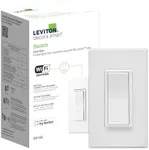

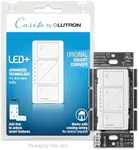
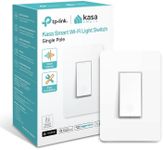
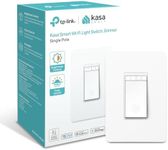


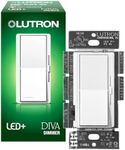
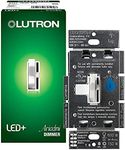

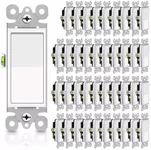

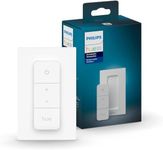
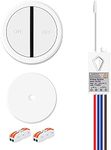

![Single - SnapPower SwitchLight [for Triple-Gang Light Switches] - Light Switch Wall Plate with Built-in LED Night Lights - Bright/Dim/Off Options - Auto On/Off Sensor - (Toggle, White)](https://images-proxy.bestreviews.guide/n9FbB4HClkOdmNW3elm5vK06mg0=/0x150/https://m.media-amazon.com/images/I/41+eCUbXoAL._AC_CX679_.jpg)




